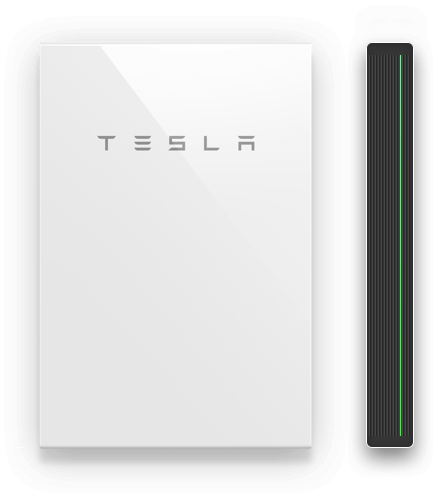The launch was held at a former electricity substation – all irony intended – in Newport in Melbourne’s west, and was attended by Tesla’s vice president of energy products (and Elon Musk’s cousin) Lyndon Rive.
Rive said the company’s gigafactory in Nevada was up and running and producing home and large-scale batteries to meet demand in countries like Australia, which has been tapped by Tesla, among others, as a key early market for battery storage uptake.
Rive, who would not be led on questions of residential battery uptake or market share in Australia, but said he expected that, within the next 10 years, 100% of homes with rooftop solar would also have battery storage, as homeowners sought to cut their electricity bills and make the most of their solar self-generation, and as network companies better understood the grid services benefits of distributed battery storage.
The uptake of the Tesla Powerwall 2, he said, would stand on the product’s merits, which include it being a 30% smaller, sleeker unit – the new design also means the units can be stacked – with double the energy storage capacity at nearly half the cost per kilowatt hour of its predecessor, at AU$8,000 ($6,000) per 14 kWh battery pack, with installation and supporting hardware starting at $2,000.*
“Tesla’s approach is simply to make the best product, make it cost effective, make it simple… and market share will do what it does,” he said.
Another major difference between the first and second generation Powerwall is that the Powerwall 2 – and this goes for the Powerpack, too – is what the industry describes as a “plug and play” battery; that is, it is fully integrated with Tesla’s own inverter technology, which means it can be added to any solar system without the need to purchase extra inverters.
And while Tesla does make a DC version of its Powerwall 2, without the integrated inverter, it has decided not to sell this model on the Australian market, to keep things simple for the solar and storage consumer.
Other specs worth noting about the new model are that it can be wall mounted or ground mounted, and can be used both to increase solar self-consumption, and for back-up power in the case of a grid outage.
The Powerwall 2 also has a usable capacity of 13.5 kWh, an operating temperature range of -20°C to 50°C, a 10-year warranty, and round-trip efficiency of 89% (compared to 92% for the DC Powerwall, which is why some are unhappy this model is not being offered outside of the U.S.)
On safety – a contentious issue in Australia, currently, with the suggestion of new guidelines prohibiting lithium battery products from being installed in homes or garages – Rive said the company applied the same rigorous safety standards to its Powerwall and Powerpack battery systems as it did to the lithium-ion battery packs the company puts in their electric vehicles.
“Cars have to be able to handle serious impact… serious changes in conditions. (For the Powerwall) it sits, just against the wall. But even still, we apply the same safety standards. So we are confident that our Powerwall is the safest lithium-ion battery on the market and in the house.”
On price, Rive said that he expected the cost of Tesla’s battery storage – currently sitting somewhere between AU$530/kWh – AU$900/kWh ($400 – $675) – would continue to decrease with the economies of scale already being achieved via its gigafactory production, but probably not at the same rate of decline seen over the past year.
But already, Rive says home battery storage has “hit that perfect point where it’s a good investment for home owners, between 8-15 per cent return on investment and a function of …security and insurance.”
This article was originally published in RenewEconomy. It is re-published with permission.
This content is protected by copyright and may not be reused. If you want to cooperate with us and would like to reuse some of our content, please contact: editors@pv-magazine.com.



Sounds great! Good to know that Powerwall 2 is installed in many homes in Australia. Can’t wait till humanity switches to Powerwalls. This cannot but make me as environment oriented person happy!